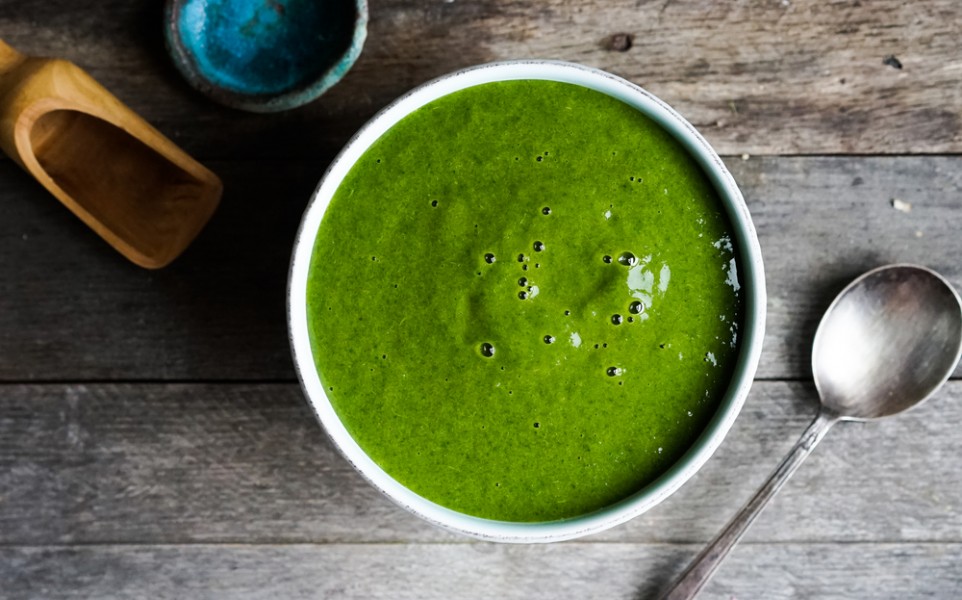Ron Strider
Well-Known Member
Even if you consider yourself a cannabis connoisseur, you may have never heard of a marijuana-infused drink called bhang. It's a spicy concoction that has been consumed across the Indian subcontinent for thousands of years, but the important role it plays in these cultures makes it much more than simply an intoxicating drink.
Bhang is made by infusing the flowers, leaves, and stems of cannabis plants into a dairy product, like a yogurt or milk, and mixing in herbs, spices, honey, nuts and other ingredients, depending on one's recipe. Throughout southeast Asia, you can find the different variations of the bhang drink (or sometimes a yogurt or gelatin solid) that locals make such as jalebis, kulfis, thandai, and pakora.
According to the Hindu religion, cannabis is so loved by Shiva, principal deity of transformation, that he is known as the “Lord of Bhang” by his followers. His devotees follow his example of using bhang to calm the mind for meditation, purify the body, and cleanse the soul of sins, especially during the festivals Holi (Festival of Colors), Janmashtami (Birth of Krishna), and Maha Shivaratri (The Great Night of Shiva). It is considered holy to use bhang to facilitate communication with the divine, but foolish and sinful to consume it mindlessly.
Cannabis is listed in the Atharva Veda (a sacred text that dates back to 2000 to 1400 B.C.) as one of five sacred plants and it states that bhang is a beneficial herb that frees us of anxiety and brings peaceful sleep. It has been called a “liberator” and “source of happiness” and has been used to treat depression, increase libido, and ready warriors for battle. Bhang has also been administered as a cure for several ailments including fever, malaria, dysentery, rheumatism, sunstroke, and poor digestion.
So important is cannabis and bhang throughout the Indian subcontinent that its complete prohibition is impossible, a fact recognized more than a century ago by colonial British doctors who produced the Indian Hemp Drugs Commission Report of 1894. This seven-volume report was based on a study that concluded any major outlawing of cannabis would cause “widespread suffering and annoyance” because of its long-standing role in social, moral, and spiritual practices. In this part of the world, the government regulates the sale of bhang and its consumption is decriminalized in some areas.

News Moderator: Ron Strider 420 MAGAZINE ®
Full Article: What Is Bhang?
Author: Melissa Sherrard
Contact: Reach Out and Touch Someone
Photo Credit: None Found
Website: Civilized: Honest News Entertainment Travel Food Health Fitness Sex Cannabis and More
Bhang is made by infusing the flowers, leaves, and stems of cannabis plants into a dairy product, like a yogurt or milk, and mixing in herbs, spices, honey, nuts and other ingredients, depending on one's recipe. Throughout southeast Asia, you can find the different variations of the bhang drink (or sometimes a yogurt or gelatin solid) that locals make such as jalebis, kulfis, thandai, and pakora.
According to the Hindu religion, cannabis is so loved by Shiva, principal deity of transformation, that he is known as the “Lord of Bhang” by his followers. His devotees follow his example of using bhang to calm the mind for meditation, purify the body, and cleanse the soul of sins, especially during the festivals Holi (Festival of Colors), Janmashtami (Birth of Krishna), and Maha Shivaratri (The Great Night of Shiva). It is considered holy to use bhang to facilitate communication with the divine, but foolish and sinful to consume it mindlessly.
Cannabis is listed in the Atharva Veda (a sacred text that dates back to 2000 to 1400 B.C.) as one of five sacred plants and it states that bhang is a beneficial herb that frees us of anxiety and brings peaceful sleep. It has been called a “liberator” and “source of happiness” and has been used to treat depression, increase libido, and ready warriors for battle. Bhang has also been administered as a cure for several ailments including fever, malaria, dysentery, rheumatism, sunstroke, and poor digestion.
So important is cannabis and bhang throughout the Indian subcontinent that its complete prohibition is impossible, a fact recognized more than a century ago by colonial British doctors who produced the Indian Hemp Drugs Commission Report of 1894. This seven-volume report was based on a study that concluded any major outlawing of cannabis would cause “widespread suffering and annoyance” because of its long-standing role in social, moral, and spiritual practices. In this part of the world, the government regulates the sale of bhang and its consumption is decriminalized in some areas.

News Moderator: Ron Strider 420 MAGAZINE ®
Full Article: What Is Bhang?
Author: Melissa Sherrard
Contact: Reach Out and Touch Someone
Photo Credit: None Found
Website: Civilized: Honest News Entertainment Travel Food Health Fitness Sex Cannabis and More


